This picture shows the South Pole of Venus. It was taken in infrared light. The yellow area at the bottom is the daytime side of the planet which is lit by the Sun. The two "eyes" of the polar vortex are the red blobs near the pole (at the center of the picture).
Click on image for full size
Image courtesy ESA/VIRTIS/INAF-IASF/Obs. de Paris-LESIA.
The Polar Atmosphere of Venus
A vortex is a swirling, circular movement of air and clouds... like in a tornado or hurricane. The plural form of vortex is "vortices". The planet Venus has vortices in its atmosphere above each of its poles.
Some other planets have polar vortices too. A polar vortex forms in the winter at each pole on Earth. Saturn also has polar vortices. The polar vortices on Venus are strange. Each polar vortex has two "eyes" that the winds and clouds swirl around. The vortices on Venus are double vortices. Scientists don't really know why the vortices on Venus have two "eyes".
Sometimes large, bright clouds form over the poles of Venus. They often form and go away pretty quickly. These clouds reflect a lot of sunlight back into space. They make Venus look much brighter. Scientists think the vortices "stir up" the atmosphere. Maybe that mixing makes the clouds.
The atmosphere on Venus is very thick and very, very hot. The thick atmosphere spreads the heat around. On Earth, the North Pole and the South Pole are much colder than the equator. On Venus, it is just as hot at the poles as it is near the equator.
You might also be interested in:
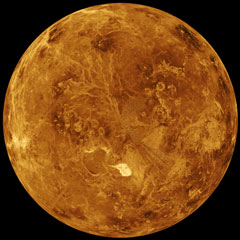
Venus is the hottest planet in our Solar System. On Earth, places near the equator are hot. Places near the poles are cold. On Venus, it is really hot everywhere... even at the North and South Poles. Venus
...more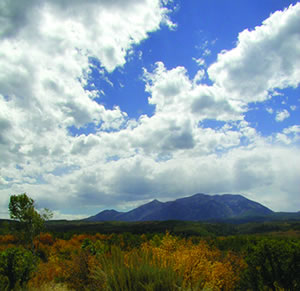
Clouds are the pretty white fluffs you see in the sky. They are made up of tiny water drops. Sometimes, if the wind is fast enough, you can even watch the clouds move. Clouds can come in all sizes and
...more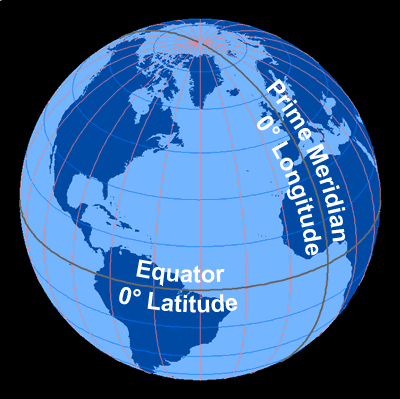
The most common way to locate points on the surface of the Earth is by using lines on a map or globe called lines of latitude and longitude. Latitude describes the location of a place north or south of
...more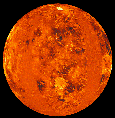
Venus is the second planet from the Sun, and is Earth's closest neighbor in the solar system. Venus is the brightest object in the sky after the Sun and the Moon, and sometimes looks like a bright star
...more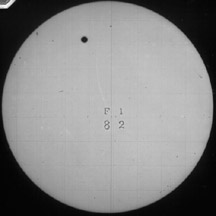
Sometimes the planet Venus goes between Earth and the Sun. From Earth it looks like a black dot moves across the Sun. Astronomers call this a transit of Venus. Transits of Venus don't happen very often.
...more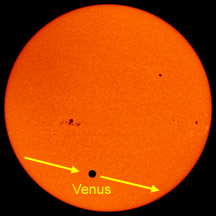
Sometimes the planet Venus gets between Earth and the Sun. When it does, we see a black dot move across the Sun. The black dot is Venus. Astronomers have a name for this. They call it a "transit"
...more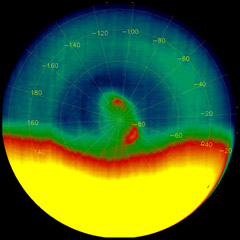
A vortex is a swirling, circular movement of air and clouds... like in a tornado or hurricane. The plural form of vortex is "vortices". The planet Venus has vortices in its atmosphere above each of its
...more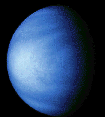
The following may be the history of Venus. at the conclusion of forming it continued to be hit with leftover material. Venus warmed from inside, and separated into layers. Because Venus is close to the
...more














